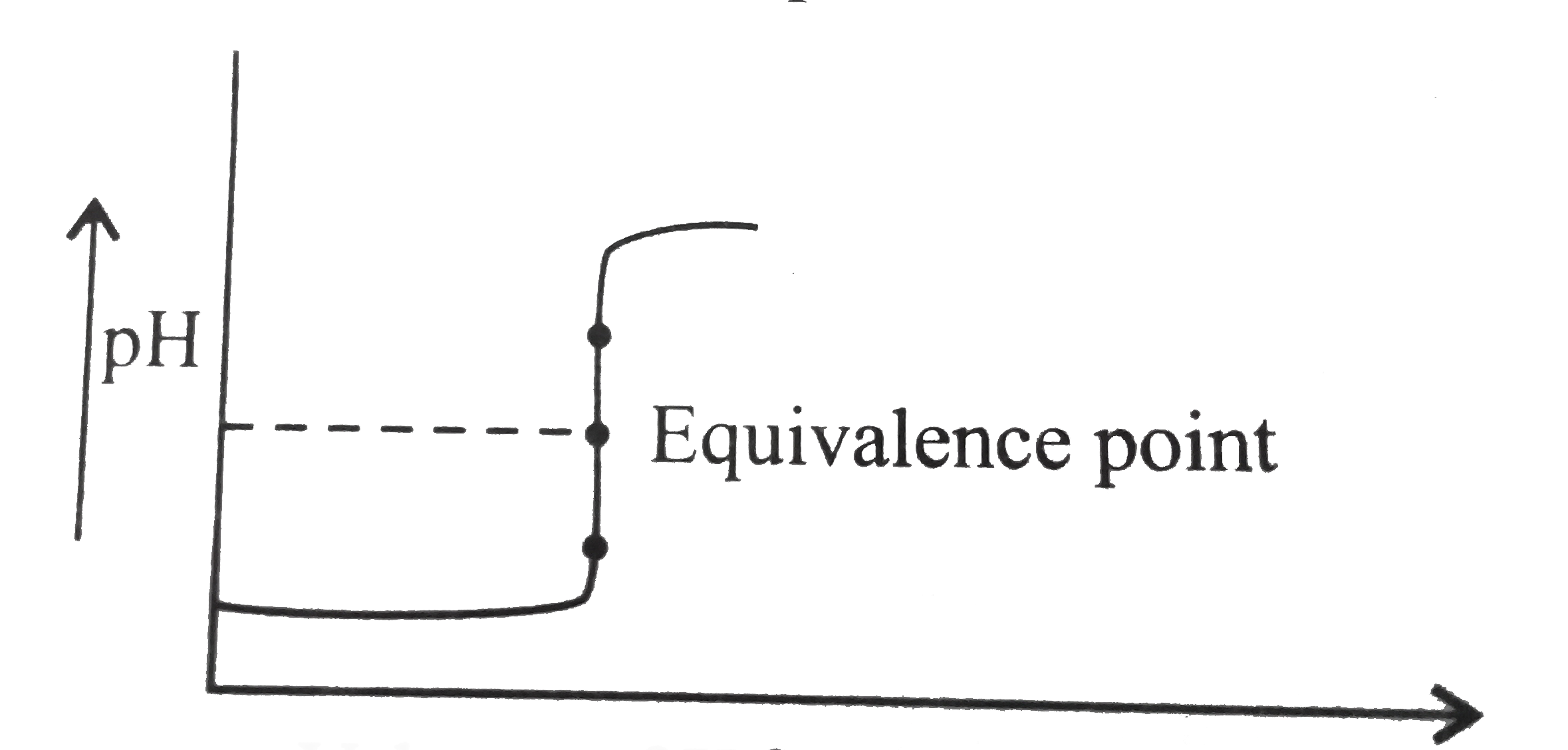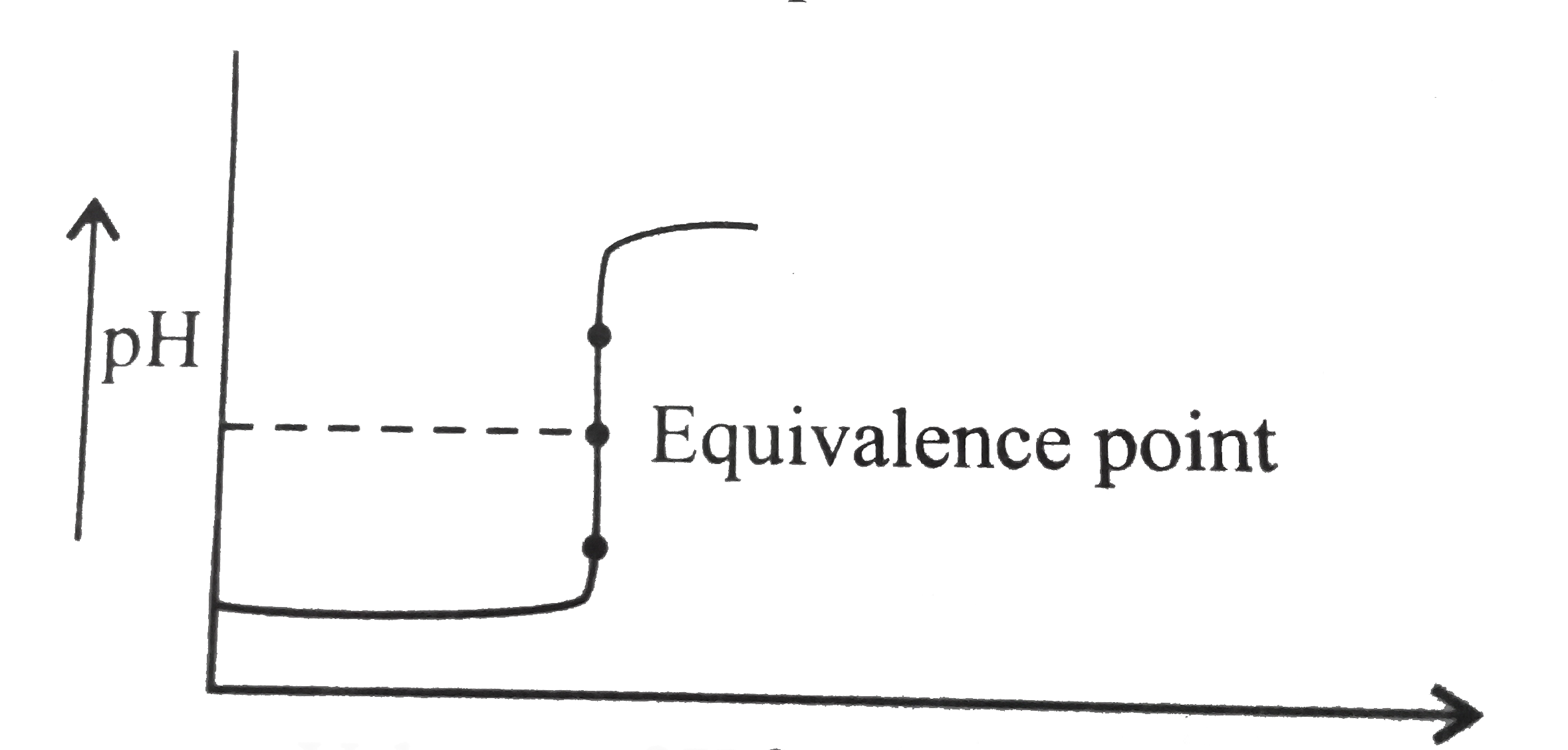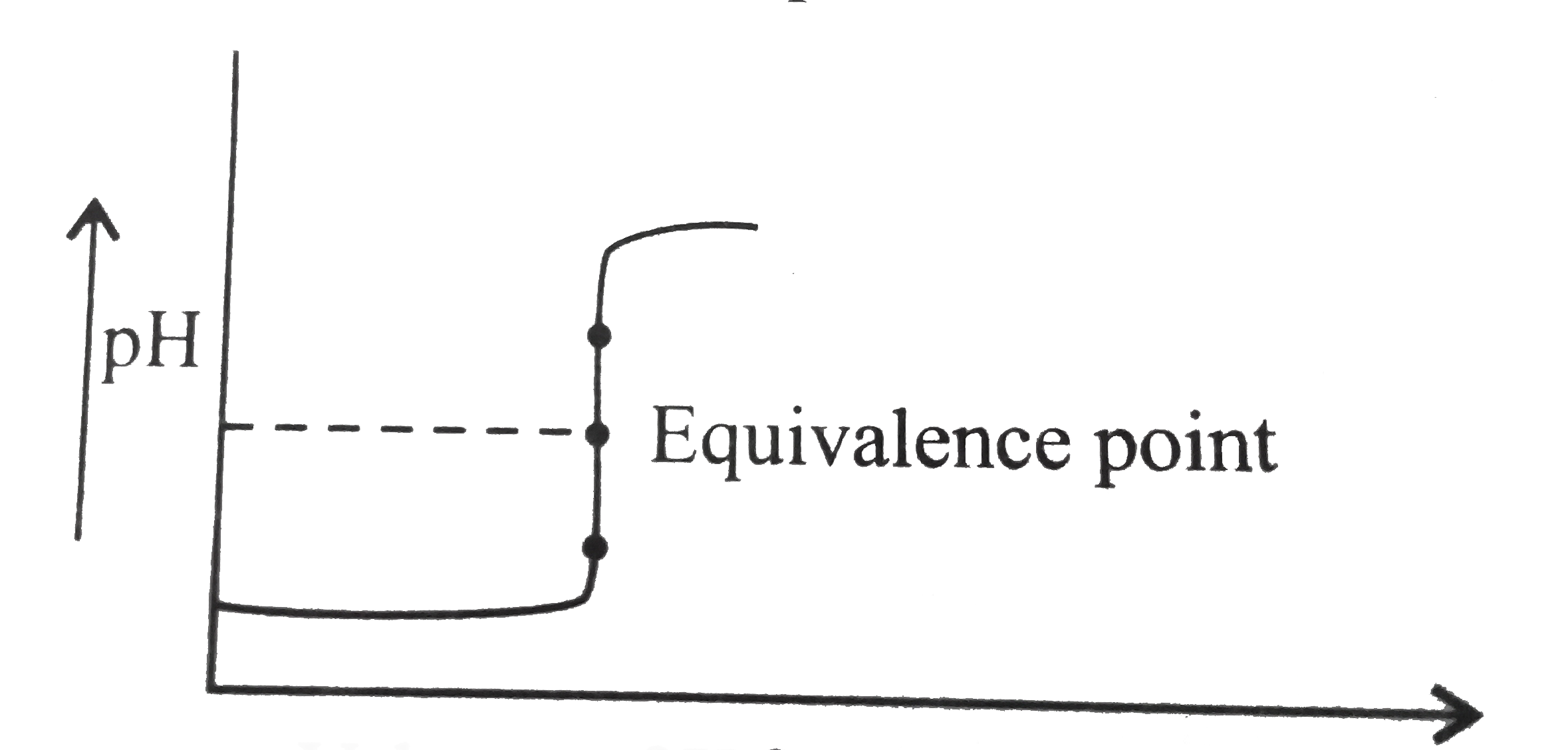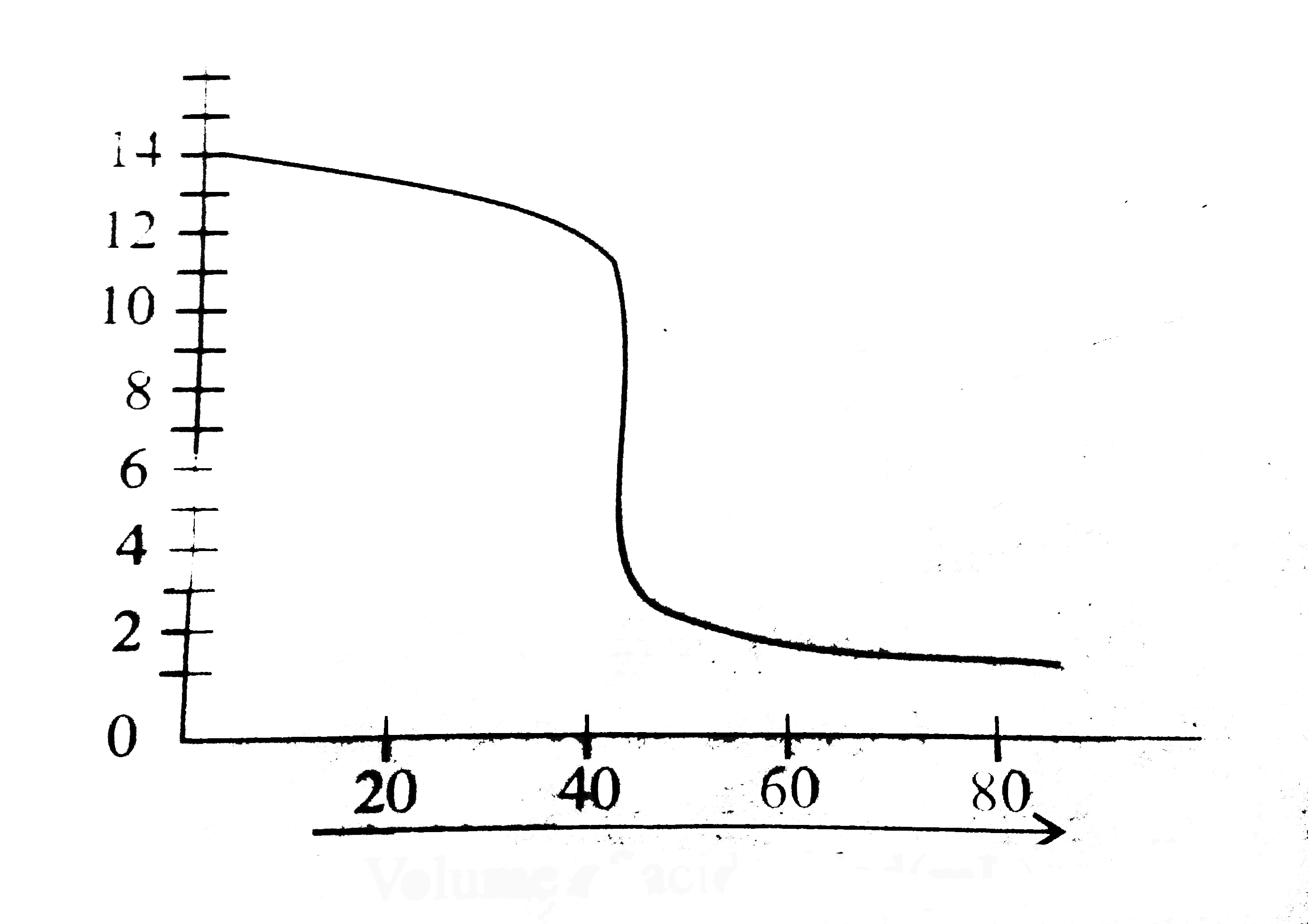Transport proteins of __________ are control points , where a plant adjusts the quantity and types of solutes that reach the xylem.
Hypodermis
Endodermis
Pith
Pericycle
The correct Answer is:B
Step-by-Step Solution:
1. Understanding the Question: The question asks for the specific part of the plant where transport proteins act as control points for the adjustment of solutes that reach the xylem.
2. Identifying Key Terms: In the context of plant biology, the xylem is responsible for transporting water and nutrients. The question implies that there are specific structures that regulate what enters the xylem.
3. Exploring Plant Structures: The transcript mentions several plant structures, including hypodermis, epidermis, pith, and pericycle. Each of these plays a role in the transport and regulation of nutrients and water.
4. Focusing on the Epidermis: The transcript highlights the epidermis as a crucial layer that regulates water, ions, and minerals in plants. It is noted that the epidermis is made up of epidermal cells, which are significant in controlling the flow of substances into the xylem.
5. Conclusion: Based on the information provided, the transport proteins of the epidermis are the control points where a plant adjusts the quantity and types of solutes that reach the xylem.
Final Answer: Transport proteins of epidermis are control points where a plant adjusts the quantity and types of solutes that reach the xylem.
---
Topper's Solved these Questions
- TRANSPORT IN PLANTS BOOK - AAKASH INSTITUTE ENGLISHCHAPTER - TRANSPORT IN PLANTS EXERCISE - Assignment (Section B) Objective type
30 Videos
- TRANSPORT IN PLANTS BOOK - AAKASH INSTITUTE ENGLISHCHAPTER - TRANSPORT IN PLANTS EXERCISE - Assignment (Section C) Previous Year Questions
37 Videos
- TRANSPORT IN PLANTS BOOK - AAKASH INSTITUTE ENGLISHCHAPTER - TRANSPORT IN PLANTS EXERCISE - Exercise
30 Videos
- THE LIVING WORLDBOOK - AAKASH INSTITUTE ENGLISHCHAPTER - THE LIVING WORLDEXERCISE - TRY YOURSELF
44 Videos
Similar Questions
transport proteins of endodermal cells are control point where a plant adjusts the quantity and types of solutes that reach the xylem. Root endodermis is able to actively transport ions in one direaction only becaouse of the layer of .
View SolutionWhat are the control points in plants where quantity and type of solutes reaching the xylem is adjusted ?
View SolutionTransport proteins of root endodermal cells are control points where a plant adjusts the (A)____ and (B)_____ of solutes that reach the xylem.
View SolutionTranspiration has more than one purpose. Which of the following is not the purpose of transpiration?
(a) Creates transpiration pull for absorption and transport in plants.
(b) Cools leaf surfaces by evaporative cooling
(c) Transports minerals from the soil to all parts of the plant.
(d) Gives high tensile strength to water column present in xylem.
(e) Translocation of sucrose from source to sink
View SolutionA ball is thrown with the velocity u at an angle of α to the horizon. Find (i) the height of which the ball will rise to (ii) the distance x from the point of projection to the point where it reaches to the ground and (iii) the time during which the ball will be in motion (neglect the air resistance ).
View SolutionIn acid-base titration react rapidly to neutralise each other. Equivalence point is a point at which the acid and the base (or oxidising agent and reducing agent) have beem added in equivalent quantities. The end point in the point at which the titration stops. since the purpose of the indicator is to stop the titration close to the point at which the acid and base were added in equivalent quantities, it is important that the equivalent point and the end point be as close as must change colour at a pH close to that of a solution of the salt of the acid base. Singificantly, the pH changes most rapidly near the equivalent point. The exact shape of a titration curve depends on Ka and Kb of acid and base.

The pH at equivalence point is
View SolutionIn acid-base titration react rapidly to neutralise each other. Equivalence point is a point at which the acid and the base (or oxidising agent and reducing agent) have beem added in equivalent quantities. The end point in the point at which the titration stops. since the purpose of the indicator is to stop the titration close to the point at which the acid and base were added in equivalent quantities, it is important that the equivalent point and the end point be as close as must change colour at a pH close to that of a solution of the salt of the acid base. Singificantly, the pH changes most rapidly near the equivalent point. The exact shape of a titration curve depends on Ka and Kb of acid and base.

The curve represents the titration of
View SolutionIn acid-base titration react rapidly to neutralise each other. Equivalence point is a point at which the acid and the base (or oxidising agent and reducing agent) have beem added in equivalent quantities. The end point in the point at which the titration stops. since the purpose of the indicator is to stop the titration close to the point at which the acid and base were added in equivalent quantities, it is important that the equivalent point and the end point be as close as must change colour at a pH close to that of a solution of the salt of the acid base. Singificantly, the pH changes most rapidly near the equivalent point. The exact shape of a titration curve depends on Ka and Kb of acid and base.

The following curve represents titration curve of HCI against KOH. The pH at equivalent point is
Examine the titration curve below and answer the question.

View SolutionWhen all the protein transporters are being used (saturation) then transport rate reaches at its
View SolutionThe osomotic pressure π depends on the molar concentration of the solution (π=CRT). If two solutions are of equal solute concentration and, hence, have the same omotic pressure, they are said to be isotonic. If two solutions are of unequal osmotic pressures, the more concentrated solution is said to be hypertonic and the more diluted solution is described as hypotonic.
Osmosis is the major mechanism for transporting water upward in the plants. Answer the following questions:
What would be the percent strength of solution of urea that would be isotonic with 4.5% solution of glucose?
View Solution
